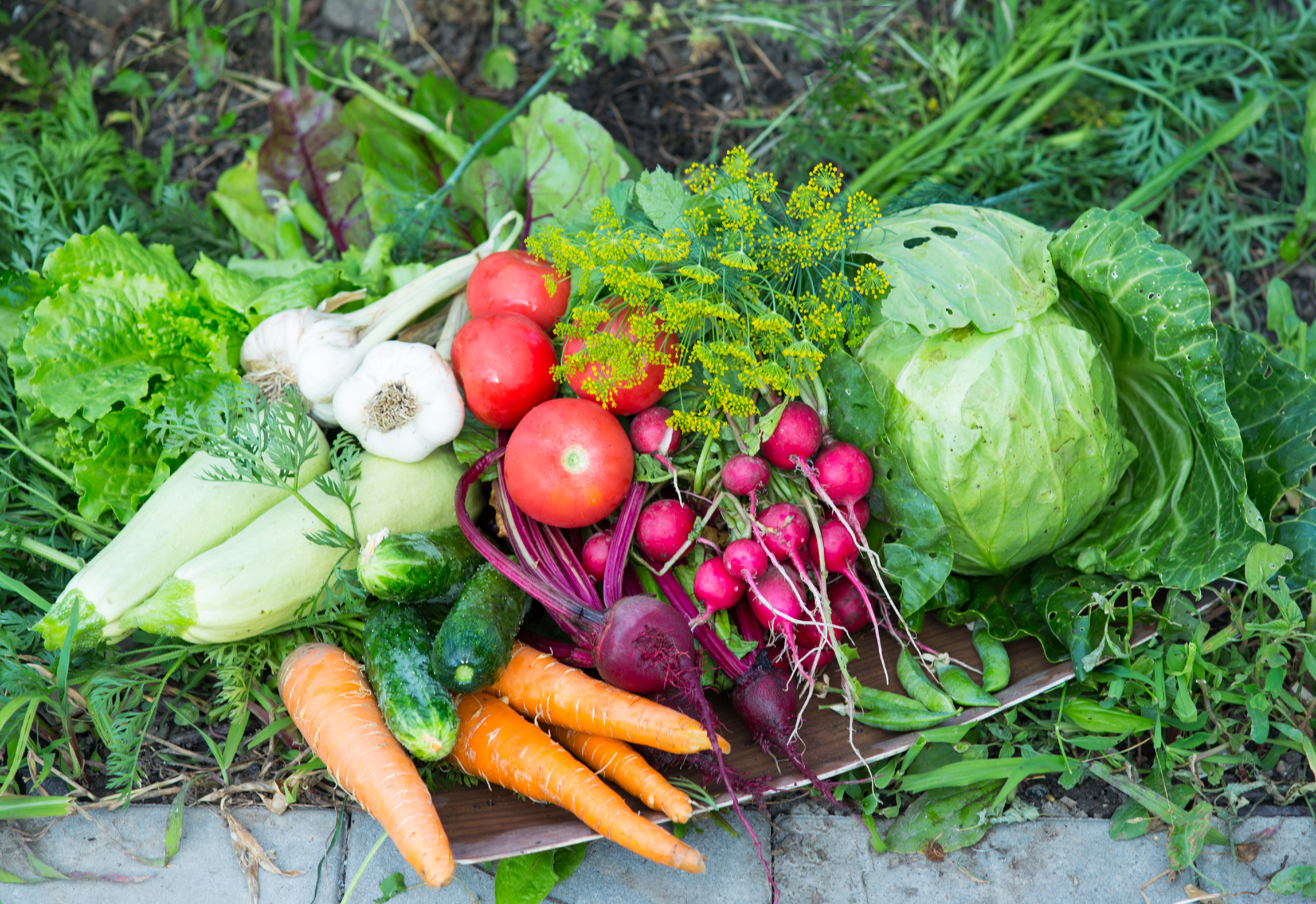
Spring is right around the corner: Who’s ready to plant a vegetable garden and take full advantage of the spring season? First, decide what to plan. The success of a garden will be largely dependent on selecting seasonal varieties of plants that are meant to be grown in the spring in our Central Florida planting zone, 9b. It is important to select seeds that are heat tolerant and pest resistant to ensure they will grow well in our area. Many seed packages will tell you the zone and any resistance the plant has to heat, pests and disease, so take the time to read the packet. For a comprehensive list of which vegetables to grow in a season, you can visit the University of Florida IFAS Extension website and search for the Florida Vegetable Gardening Guide: http://edis.ifas.ufl.edu/pdffiles/vh/vh02100.pdf.
In the springtime, we have an amazing variety of vegetables and herbs to plant in this region. There’s anything from tomatoes, eggplants and peppers, which practically grow all year round in Florida, to squash, zucchini, cucumbers, basil, and cilantro, just to name a few. Spring is a very exciting time out in the garden.

When to plant is crucial for the spring. It is important to wait until the last frost is gone to plant delicate seeds and starter plants out in the garden. It can be tricky in Florida to project the last frost or freeze date. Farmer’s Almanac states that Feb. 10 is historically the average date for the last frost in our area. However, in 2017 we had a final freeze in the last week of February, so anyone who planted earlier than the 10th might have needed to replant their spring garden. A pretty safe bet is waiting until the first week of March to plant. It just depends on how much you like to gamble. Then the spring grow season typically lasts until June. The more heat tolerant plants like okra, swiss chard and kale can continue to grow into the summer months.
Where to plant is another crucial component to your garden’s success. A garden with southern exposure will benefit from the most hours of sunlight in the day. Vegetable gardens need a minimum of six to eight hours of sunlight each day for all vegetables to be successful. Tomatoes, eggplant, squash and okra are all plants that need this direct sunlight to be productive. Greens like romaine and arugula as well as many herbs can grow successfully in partially shaded areas. Keep this in mind when deciding what to plant and where.

Florida soil lacks many nutrients necessary to successfully grow healthy vegetables. When choosing the soil amendment you will use, be sure to include compost and worm castings to create a diverse selection of nutrients for the plants to draw from throughout the season. Side dress your plants with a compost fertilizer every four to six weeks throughout the season to continuously revitalize the plants and encourage maximum vegetable yield and nutritional value.
Make sure to design a garden based on the amount of time it takes to tend to the garden. Manually watering a garden can be a daily task. Setting up a drip irrigation system is a way to automate the watering of the garden and reduce the overall work required.
I know it seems like a lot, but that’s why February is the time to plan so when the beginning of March is here, the planting can begin. Happy gardening!

Amber Harmon is the founder of My Nona’s Garden, an organization with a mission to bring health, promote growth and provide education to local communities, one garden at a time. Visit www.MyNonasGarden.com for more information. “We make organic vegetable gardening easy!”


